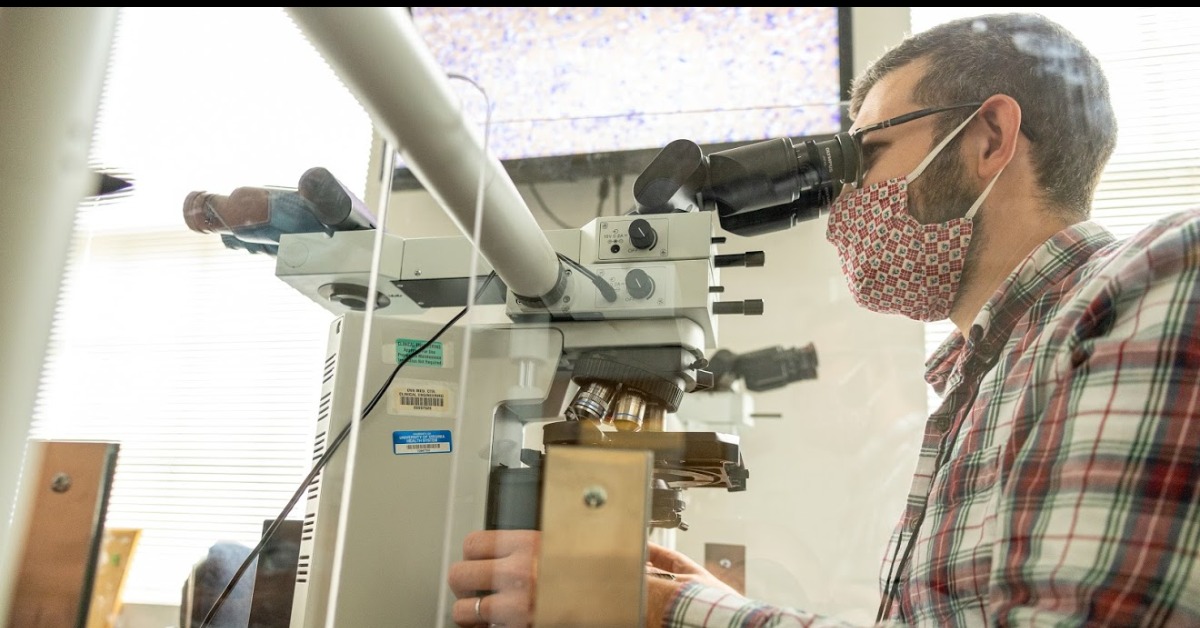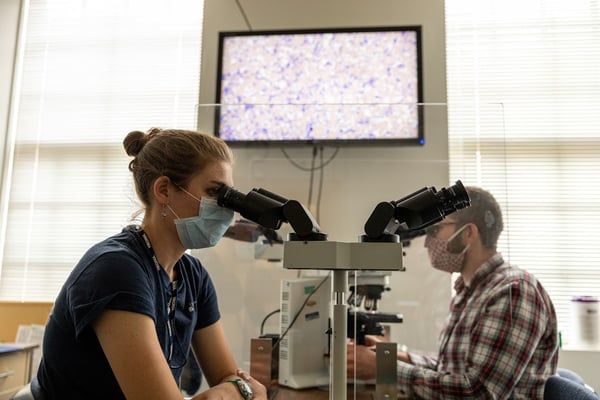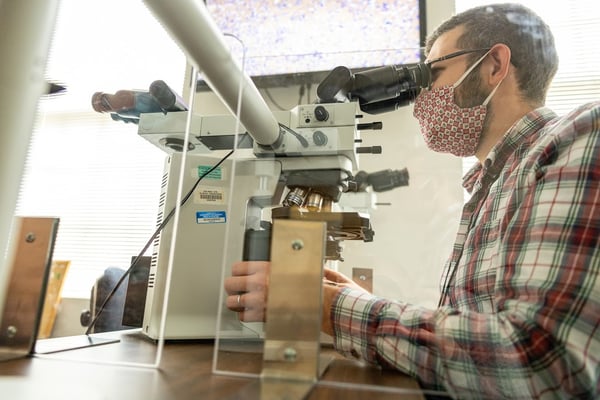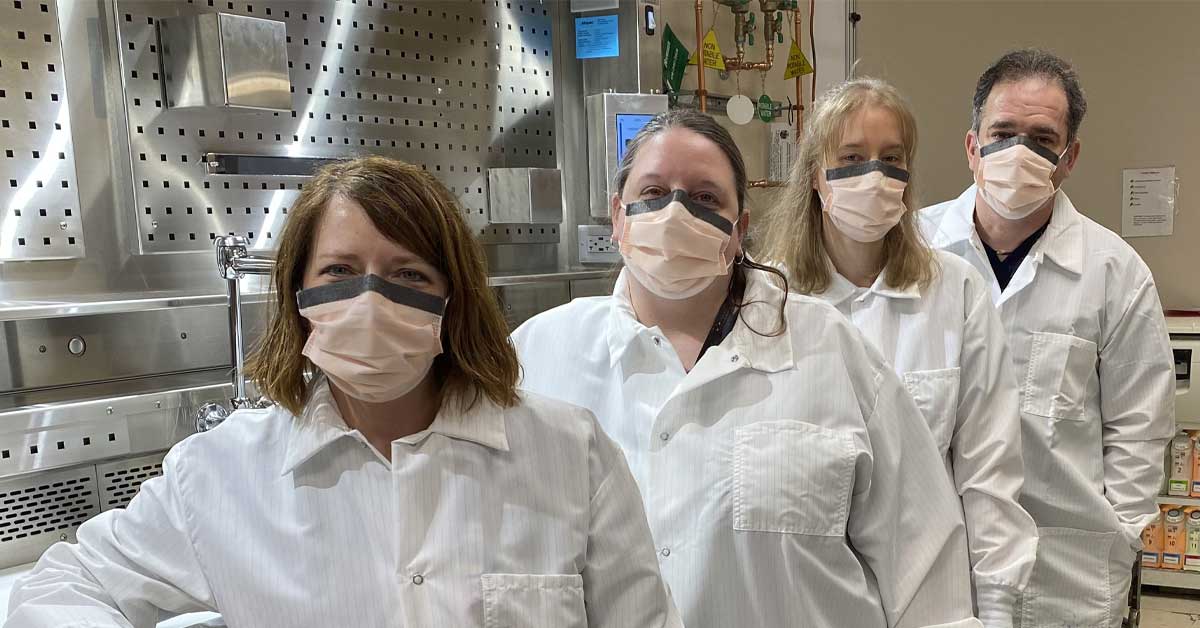A New Era for the Pathologists' Assistant
Voicebrook is honored to feature guest blogger Dennis Strenk, PA (ASCP).

The United States met a grim milestone this week, with the death toll from COVID-19 now topping more than a quarter-million Americans. COVID-19 cases continue to spike all across the U.S., and with the holidays and the winter season approaching, experts predict this surge may be difficult to rein in.
As pathology departments across the world continue to provide patient care during the
pandemic, academic institutions are finding creative ways to facilitate education.
Typically, pathology trainees participate in hands-on learning at the microscope and on the bench. This means they're often in close proximity to others, unable to maintain the recommended distance of six feet apart. Many institutions are coming up with innovative methods to ensure a healthy working environment, while still ensuring continued training and care.
At the University of Virginia Health System in Charlottesville, Va., the Department of Pathology designed and installed acrylic shields at their multi-headed microscopes. While the department has a mask-wearing and social distancing policy, they worried that they needed to do more.
"Out of an abundance of caution, we knew that we were going to continue to be practicing, but we wanted to employ more measures to keep people safe," says Dr. Brian D. Adkins, a pathologist at the University of Virginia Health System. "We had seen this in the public space at pharmacies and things like that, and decided that an acrylic shield would probably be helpful in the hospital. We've not had any transmissions of COVID-19 here in the department, so that is good."
 Image courtesy of the University of Virginia Health System.
Image courtesy of the University of Virginia Health System.
The shields are designed to be free-standing and are supported by custom steel feet. Shields are being used at sign-out, both with and without the use of video conferencing and microscope cameras. Generally, the resident who has prepared the case will sit at the scope while other residents sit in the room watching on a screen or streaming from off-site. This approach allows for social distancing for residents without direct ownership of the case.
Both the Centers for Disease Control and Prevention (CDC) and Occupational Safety and
Health Administration (OSHA) recommend barriers. These devices, in theory, help to reduce the amount of respiratory droplets and particles that people are exposed to on either side of the shield.
 Image courtesy of the University of Virginia Health System.
Image courtesy of the University of Virginia Health System.
"I think we got ahead of it as best as we could," Dr. Adkins told Voicebrook. "I think, like any other department, there have been a lot of challenges trying to continue to practice medicine in this time. However, we've had a lot of support from the top down as far as the leadership really wanting to get behind safety, and continuing to both care for patients and teach residents and fellows."
Currently their pathology department has 13 shields installed, and more on order. The shields have been widely accepted, and provide a sense of proactivity while meeting the challenge of effectively preparing trainees for their medical careers. Essentially, the department has erected a few barriers in order to tear down others.
"The lessons that are being learned in the pandemic are maybe not necessarily traditional medical education, but learning is still happening," Dr. Adkins says. "I think that this cohort of residents and medical students will maybe be a bit hardier than prior generations, just because they have had this adverse experience."

Along with his colleagues, Dr. Adkins recently published an article in the Archives of Pathology and Laboratory Medicine, on the usage of microscope shields in the pathology department at UVA.

Voicebrook is honored to feature guest blogger Dennis Strenk, PA (ASCP).
.png)
Today, on the 10th anniversary of Pathologists' Assistant Day, Voicebrook is honored to feature guest blogger Dennis Strenk, PA (ASCP).Dennis is a...

Empowering pathologists, not replacing them. Voicebrook’s AI and speech innovations put human expertise at the heart of every diagnosis.